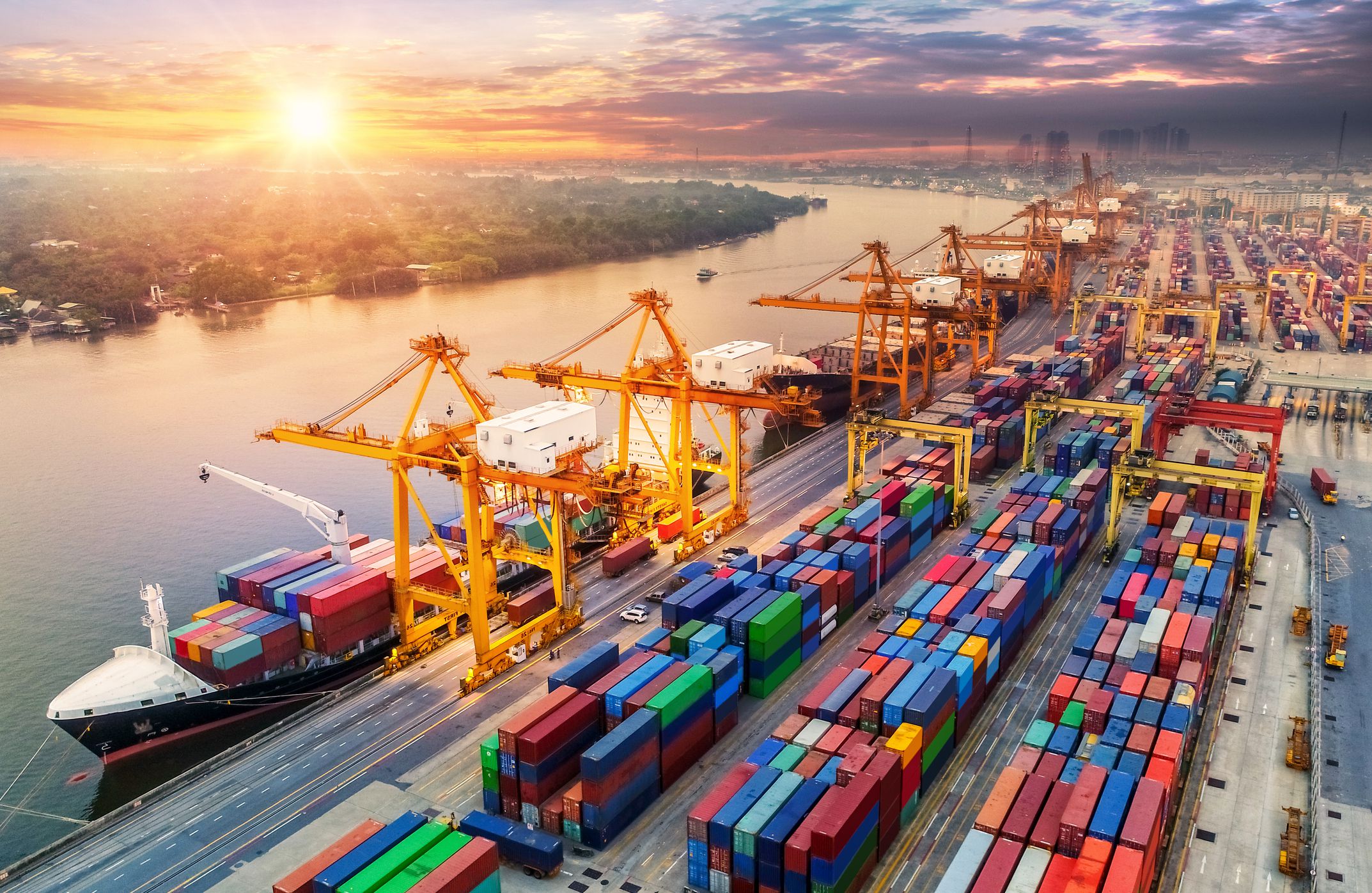
Last year was a rough ride for families in most developing countries, and data suggest that we may not be out of the woods yet.
Experts await the official consumer price index (CPI) from The National Bureau of Statistics. Meanwhile, these professionals are already revealing predictions about the possible direction of the December 2022 report.
Reports from the previous month indicated that the sustained energy crisis, food price spike, and exchange rate dilemma sent the inflation figures to 21.47%. This figure was the highest level recorded in seventeen years. The core inflation peaked at 18.24% from 17.76% that same month. Furthermore, this loss of purchasing power exacerbated an Fx crunch rate that saw the naira trade as high as 900/$.
A Slow Year Up Ahead
Despite having a tough time last year, economic experts believe that growth will be slow-paced for sub-Saharan Africa (SSA) in 2023. Last year, growth within this region slowed surging inflation and weaker external demand reflected on regional activities. Amid global rising prices of staple food and energy, inflation quickly soared across the region. A decline in currency value was another shared fate.
Data from a world bank report reveals an estimated 3.4% deceleration last year. This value represents a 0.3% point below the previous prediction. From the chart above, this downgrade masks diverse situations and the uneven impact of the terms-of-trade and the cost-of-living developments across the region. A moderation of global prices of metals like gold and copper worsened the case for many SSA commodity exporters. However, increased fuel, food, and fertilizer prices resulted in the deterioration of external balances for non-oil exporting economies.
On the chart, Fragile SSA represents SSA countries with fragile and conflict-influenced situations. The figure shows revisions between the latest forecasts and those of the previous report in June 2022.
Do you think inflation will slow down any time soon? Let us know your thoughts in the comment section below.


